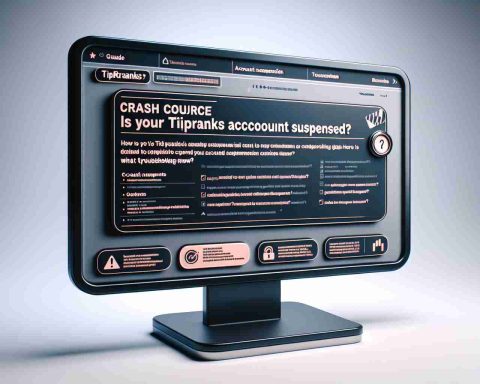As schools in the United States begin a new academic year, many have implemented stringent policies regarding smartphone usage in classrooms. The majority of institutions have prohibited devices that do not contribute to educational purposes. This has raised concerns among parents who wish to maintain communication with their children during emergencies. Nonetheless, existing research highlights that students may benefit more from leaving their phones at home entirely.
A recent study indicated that a significant number of adolescents, aged 11 to 17, frequently engage with their phones during school hours, averaging about 43 minutes daily. This constant diversion can detract from valuable peer interactions, which are essential for developing social skills and resilience. Social psychologist Jonathan Haidt emphasized the importance of these relationships for young people’s emotional well-being and their ability to face future challenges.
Moreover, distractions from smartphones have also become a pressing issue in classrooms. A survey showed that a large percentage of high school teachers reported mobile devices as a significant obstruction to learning. The inability to focus may adversely affect academic performance, as reflected in standardized test scores that have declined in recent years.
Some educators argue that the perception of smartphones enhancing safety is misguided. Instead, they suggest that these devices can pose risks, as students may become distracted and vulnerable in potentially dangerous situations. Ultimately, establishing a phone-free learning environment may allow students to enhance their concentration and foster more meaningful interactions during school hours.
The Impact of Smartphones on Student Interaction and Learning: A Comprehensive Overview
As the digital era continues to evolve, smartphones have become ubiquitous in student life. While their potential for educational value is often highlighted, a deeper analysis reveals both positive and negative aspects of smartphone use in educational settings.
What are the Key Advantages of Smartphones in Education?
Smartphones offer numerous educational benefits. One of the most critical advantages is access to information. Students can use their devices to research, utilize educational applications, and communicate with peers and teachers effectively. Furthermore, during remote learning phases, smartphones have provided a lifeline for many students, enabling them to connect with educational resources and peers.
Another significant benefit is the development of digital literacy. In a world increasingly driven by technology, learning to navigate these tools is essential for students’ future career prospects. As students engage with apps designed for collaboration, note-taking, and time management, they build essential skills that extend beyond academics.
What Challenges Arise from Smartphone Usage?
Despite these advantages, the challenges posed by smartphone usage in the classroom cannot be overlooked. One major challenge is the risk of addiction. A growing number of studies indicate that students may become overly reliant on their devices, prioritizing social media and gaming over interpersonal relationships and focus on studies.
Moreover, the prevalence of cyberbullying and inappropriate content accessible via smartphones adds a layer of complexity. Students may encounter toxic online environments that could impact their mental health, creating an urgent need for schools to implement educational programs on responsible smartphone use and digital citizenship.
What are the Key Controversies Surrounding Smartphone Usage in Schools?
The debate over smartphone usage in schools has led to a division among educators, parents, and students. Some believe that integrating smartphones as learning tools fosters engagement and prepares students for the modern workforce. In contrast, others argue that smartphones are a distraction that undermines the learning process. This contrast has led to varying policies across educational institutions, complicating the quest for a unified approach.
How Can Schools Balance Smartphone Use and Effective Learning?
Establishing a balanced framework for smartphone use is critical. Schools can consider implementing policies that encourage responsible use rather than outright bans. For instance, educators might designate specific times for smartphone-based learning activities while encouraging students to engage in face-to-face interactions during non-academic periods.
Additionally, incorporating digital wellness education can equip students with the tools to manage their smartphone usage wisely, fostering a healthier relationship with technology while maximizing its educational benefits.
Conclusion
In wrapping up, it’s clear that smartphones have both transformative potential and significant challenges within the educational landscape. The ongoing discourse surrounding their impact on student interaction and learning emphasizes the need for thoughtful policies that balance technological engagement with mental well-being and social development.
For further information on how technology can be integrated into education effectively, you can visit Education World.























